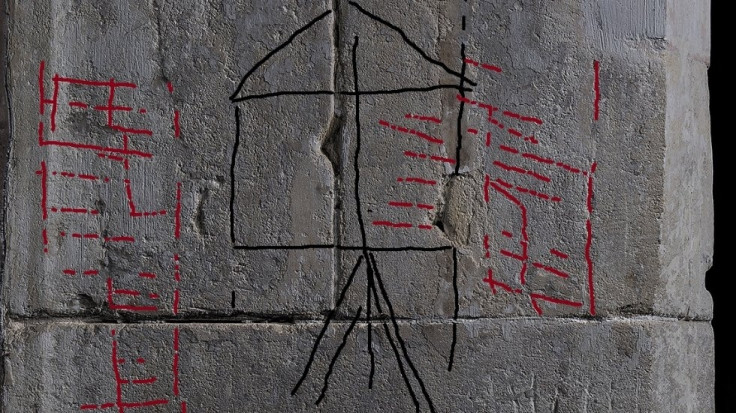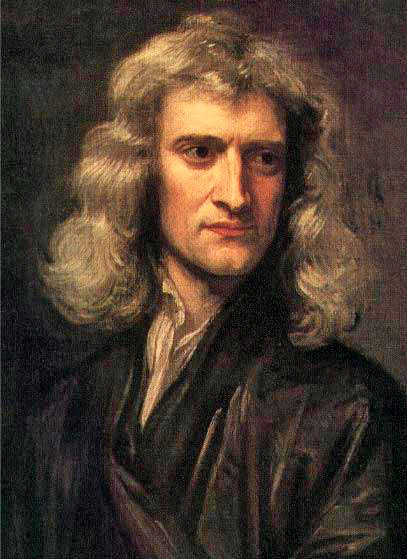Doodles that Newton etched on the walls of his childhood home revealed — 400 years later
The drawings were discovered at Isaac Newton's childhood home, the Woolsthorpe Manor in Lincolnshire, England.

A series of drawings were recently discovered scraped on the walls of Isaac Newton's childhood home, the Woolsthorpe Manor in Lincolnshire, England, believed to have been made by the scientist himself when he was a child.
The 400-year old graffiti was found using light technology, called Reflectance Transformation Imaging (RTI), in which light is used to capture the shape and colour of a surface that is not visible to the naked eye, noted a report by the National Trust (NT).
One of the drawings discovered depicts a windmill which researchers believe could have been a mill in a nearby town.
Conservator Chris Pickup from Nottingham Trent University thoroughly surveyed all the walls of the ancient manor, following which he uncovered the series of etching. The discovery was made as part of scientific investigations being carried out at the manor house.
At the same manor house, Newton conducted his Crucial Experiment (Experimentum crucis) of splitting light using a prism that led to the better understanding of what role light played in nature.
The common belief back then was that white light was a combination of light and darkness and did not comprise any colours. However, Newton proved that white light was indeed composed of seven colours — red, orange, yellow, green, blue and violet that we today collectively call the rainbow colours.
He conducted his experiments with while light and prisms in his bedroom at the Woolsthorpe Manor. He split light using the prism, projected the spectrum across his room and merged the beam back into white light using another prism, forever changing the way light and colours were perceived, according to a report by web exhibits (WE).
"It's amazing to be using light, which Newton understood better than anyone before him, to discover more about his time at Woolsthorpe," Pickup said. "I hope that by using this technique we're able to find out more about Newton as man and boy and shine a light on how his extraordinary mind worked."

This is, however, not the first time that the manor's walls have been found with etches and notes. Several such scribbling made by the Mathematician were uncovered by tenants of Woolsthorpe in later years, especially in the 1920s and 1930s, when old wallpaper was peeled out.
In fact, he was known to be a prolific etcher and scraper of walls. Newton's biographer, William Stukeley, wrote in his record, "The walls, & ceelings were full of drawings, which he had made with charcole. There were birds, beasts, men, ships, plants, mathematical figures, circles, & triangles."
This could have been the beginnings of what we now know as calculus, according to the NT report.
The NT stated that it will continue to study, in detail, the walls of the manor house. Their team of researchers will be looking for tiny differences in the thickness of the walls, between plaster and paint that can reveal etchings that cannot be readily observed by the human eye.





















